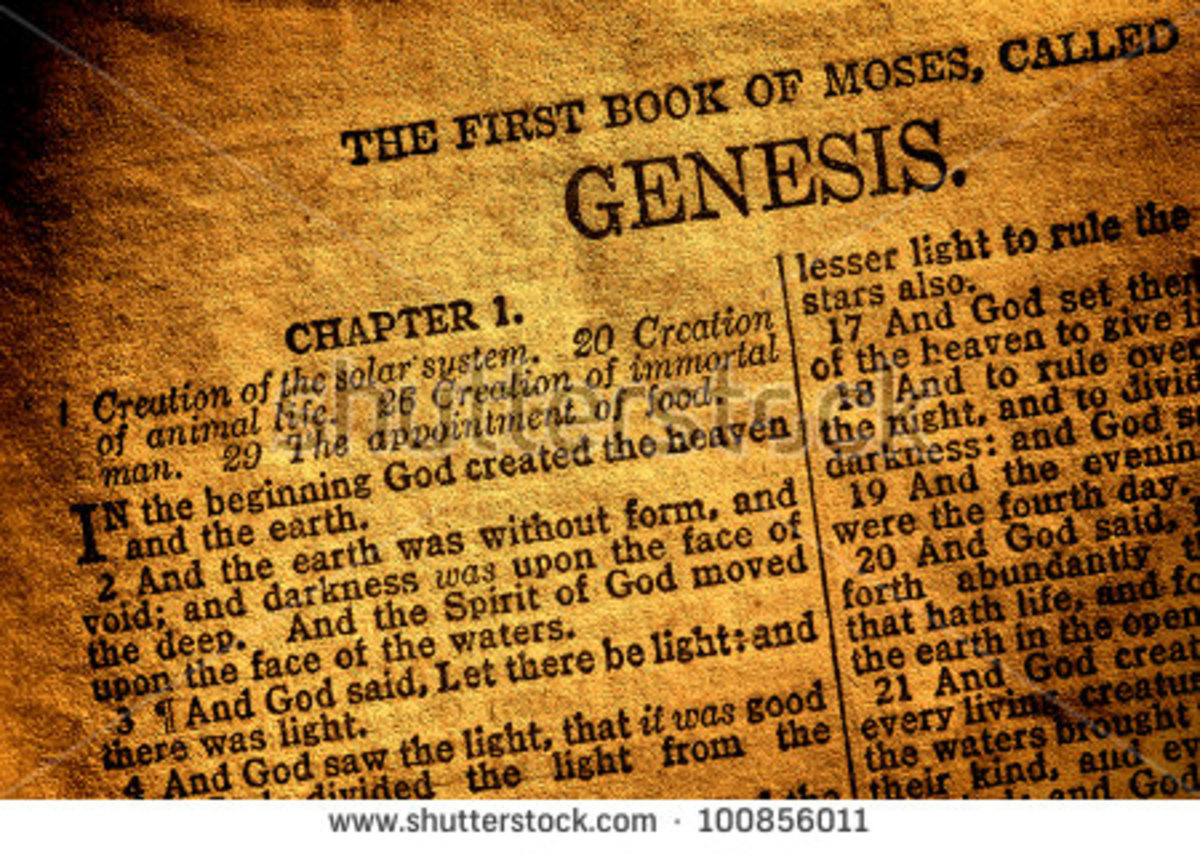Lessons for Life From the Old Testament-It Is Okay to Cry

Lessons for today from the Old Testament: It’s okay to cry.
In today’s world people cry. According to the teaching of psychologists and mental health experts, crying is an important part of being human. To stop this natural response to our feelings can lead to emotional problems. Crying takes place for many different reasons. One is to release emotions of sadness and also to express feelings of joy. So we cry. Another form of crying is not as positive as people use tears to manipulate others. At the same time, in our confused world, we accept tears as a part of life. Often it is seen as a sign of weakness and so is discouraged.
It is after all one of the ways a baby communicates with the world until it learns to speak. At the same time we teach our boys that “cowboys don’t cry” and I have even heard it said that “big girls don’t cry”. Looking at the Old Testament we find example after example of people crying for a variety of reasons. Here we may find some positive use of tears and some that are not positive at all. (It is interesting to note that most translations use the term weep rather than cry, following the old translations and language of times gone by.)
A quick look at Genesis shows Hagar crying in the desert when sent away by Abraham with her son (Genesis 21:16). Abraham cries when Sarah dies (Gen.23:2). Esau cries when his inheritance is stolen by Jacob (Gen.27:39) and both Jacob and Esau cry when they meet in an emotional re-union (Gen.33:4). Jacob cried when he believed his son Joseph had been killed by wild animals and Joseph cried on several occasions when he and his brothers and eventually his father, were re-united (Gen. Chapters 42-50).
Hannah cries when she cannot conceive and it taunted by Peninnah.and God hears her anguish (1 Samuel 1:7) The baby Moses cries while in the basket in the river Nile where his mother put him so he could be discovered by the wife of Pharaoh (Exodus 2:6). During the wilderness wanderings the Israelites cry (Numbers 11:16), as they do again much later while in Babylonian Captivity (Psalm 137:1). Nehemiah cried when he heard about the state of the people in the ruins of Jerusalem. David cried on several occasions and perhaps the most interesting account is after the death of his and Bathsheba’s son (2 Samuel 12:15-25). Here in verse 21, his servants are recorded as saying: “What is this you have done? You fasted and wept for the child while he was still alive, but when the child died, you arose and ate food” (NKJV). This reminds us of the words of Solomon, as recorded in Ecclesiastes 3:4: “A time to weep, And a time to laugh”.
A good example of inappropriate use of tears comes in the book of Judges, where Delilah, when she can’t get her own way, wears Samson down with her tears (Judges 14:16). “Then Samson’s wife wept on him, and said, You only hate me! You do not love me!” So people have learned to use crying and tears to manipulate others. It is interesting to see how soon after birth babies realize that they can get their own way with a bout of heartbreaking crocodile tears. The difficulty that parents have is in knowing when tears are a legitimate cry for help or an early form of manipulation.
One of the most interesting examples of tears is when Nehemiah hears about the desperate condition of his country men and women in Jerusalem. Here the tears are an indication of a person who feels deeply for others. The rest of the book tells the story of how Nehemiah moved from tearful concern to carefully planned action in returning to Jerusalem and rebuilding the walls of the city. One of the marks of a true leader is a deep feeling for others, something often missing in modern political leaders who often seem more interested in their own well being that that of their people.
Jeremiah is known as the weeping prophet as he lived his life often in desperate conditions and had every reason to cry. It is however in the book of Ezekiel, that we get the most powerful illustration of the need that we have to feel about sin and its results. In a graphic illustration the prophet paints a picture of 6 men going through the city of Jerusalem and marking the foreheads of all “who sigh and cry over all the abominations that are done within it”, and are then followed by men who kill those who don’t care. (Ezekiel 9:1-11).
So it is okay to cry! We need specially to cry about what we see happening in this world and then do what we can to expose sin in our own lives and warn others about the day of judgement that is certainly coming. Jesus cried when he looked at the city of Jerusalem and saw what it had become. Do you sigh, do you cry, do you really, really care about the things that are happening around you? Deep feelings can lead to positive actions as history has shown.
NKJV Scripture taken from the New King James Version. Copyright 1982 by Thomas Nelson, Inc. Used by permission. All rights reserved.








